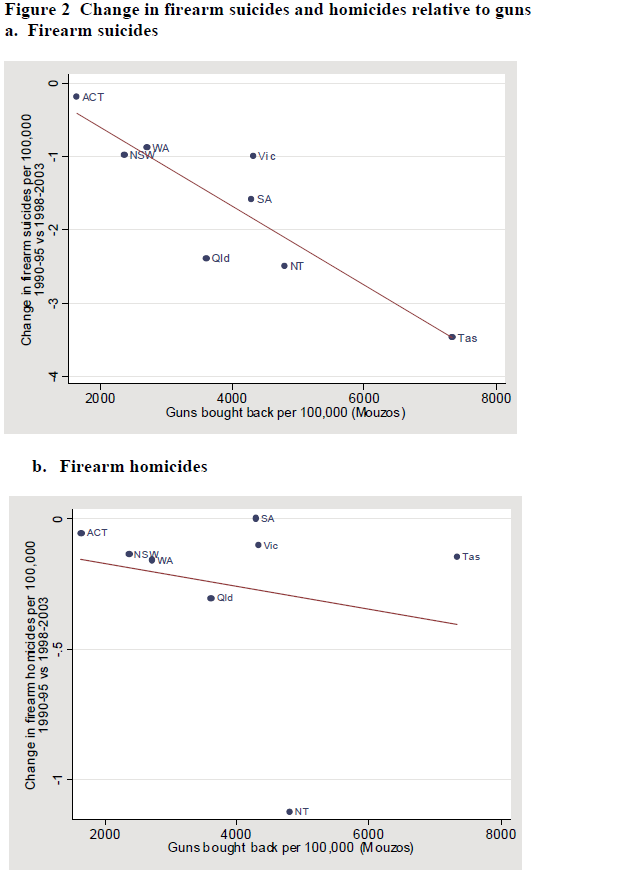Post-Aurora debate has sometimes focused on generic gun control issues, and important but familiar questions about why weaponry holds such an iconic place in American culture and law. As I mentioned yesterday, I don’t believe this massacre raises constitutional issues. One can be a strong 2nd Amendment advocate without believing that some modern-day Raskolnikov has the right to buy AR-15 rifles or high-capacity ammunition clips to perpetrate a massacre.
As Mitt Romney rightly observed in 2004, “people should have the right to bear arms, but I don’t believe that we have to have assault weapons as part of our personal arsenal.” At a bill signing ceremony, Romney commented: “Deadly assault weapons have no place in Massachusetts. These guns are not made for recreation or self-defense. They are instruments of destruction with the sole purpose of hunting down and killing people.” Romney has since executed an unfortunate retreat on this issue. He’s hardly alone in this bipartisan failure of gun policy.
But I actually want to discuss another gun policy challenge that has received less attention. Yesterday, Ezra Klein listed six facts about gun violence and gun control. He quotes from Kieran Healy’s nice posts with further pertinent statistics on gun violence. I would add a seventh fact to Klein’s list: the strong link between gun possession and suicide….
Matthew Miller and David Hemenway discuss these issues in a 2008 New England Journal commentary. These authors note some simple realities:
First, many suicidal acts — one third to four fifths of all suicide attempts, according to studies — are impulsive. Among people who made near-lethal suicide attempts, for example, 24% took less than 5 minutes between the decision to kill themselves and the actual attempt, and 70% took less than 1 hour.
Second, many suicidal crises are self-limiting. Such crises are often caused by an immediate stressor, such as the breakup of a romantic relationship, the loss of a job, or a run-in with police…. The temporary nature and fleeting sway of many suicidal crises is evident in the fact that more than 90% of people who survive a suicide attempt, including attempts that were expected to be lethal (such as shooting oneself in the head or jumping in front of a train), do not go on to die by suicide….
A suicide attempt with a firearm rarely affords a second chance. Attempts involving drugs or cutting, which account for more than 90% of all suicidal acts, prove fatal far less often.
Household gun possession is a powerful predictor of suicide for the actual gun owner, as well as for the owner’s spouse and other family members. Given widespread gun ownership, this is therefore a serious public health problem. Although this is hardly an airtight comparison, the fifteen states with the highest rates of gun ownership have about twice the suicide rates of the fifteen states at the bottom of the gun ownership list.
Via Twitter, Scott Bolitho alerted me to a nice 2010 study by Andrew Leigh and Christine Neill which gets to the causal connection between gun possession and suicide.
In 1997, following a Colorado-style massacre, Australia implemented a gun buyback program that reduced the stock of firearms by around one-fifth. Different states experienced vastly different per-capita rates of firearms withdrawn, allowing these authors to test how reductions in firearms availability affected firearm homicide and suicide rates.
These authors found that the gun buyback led to an almost 80 percent drop in the firearm suicide rate, with little sign of offsetting increases in suicides by other means.
The authors report many regressions, but Figure 2 below tells the basic story. Although both firearm suicides and homicides both declined in areas that implemented aggressive buyback programs, the impact on suicide was especially stark.
Policymakers at all levels might ponder these relationships as they balance the constitutional, cultural, and public safety concerns of gun policy.


